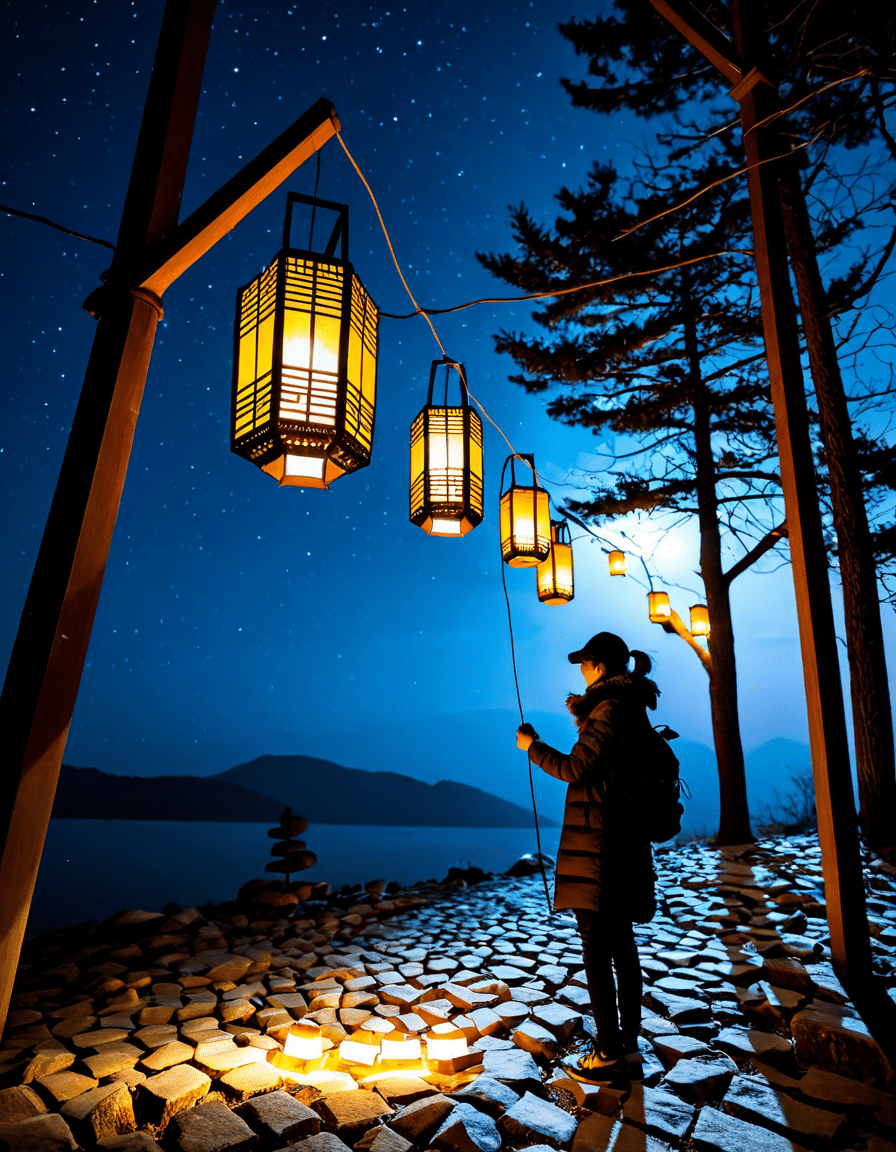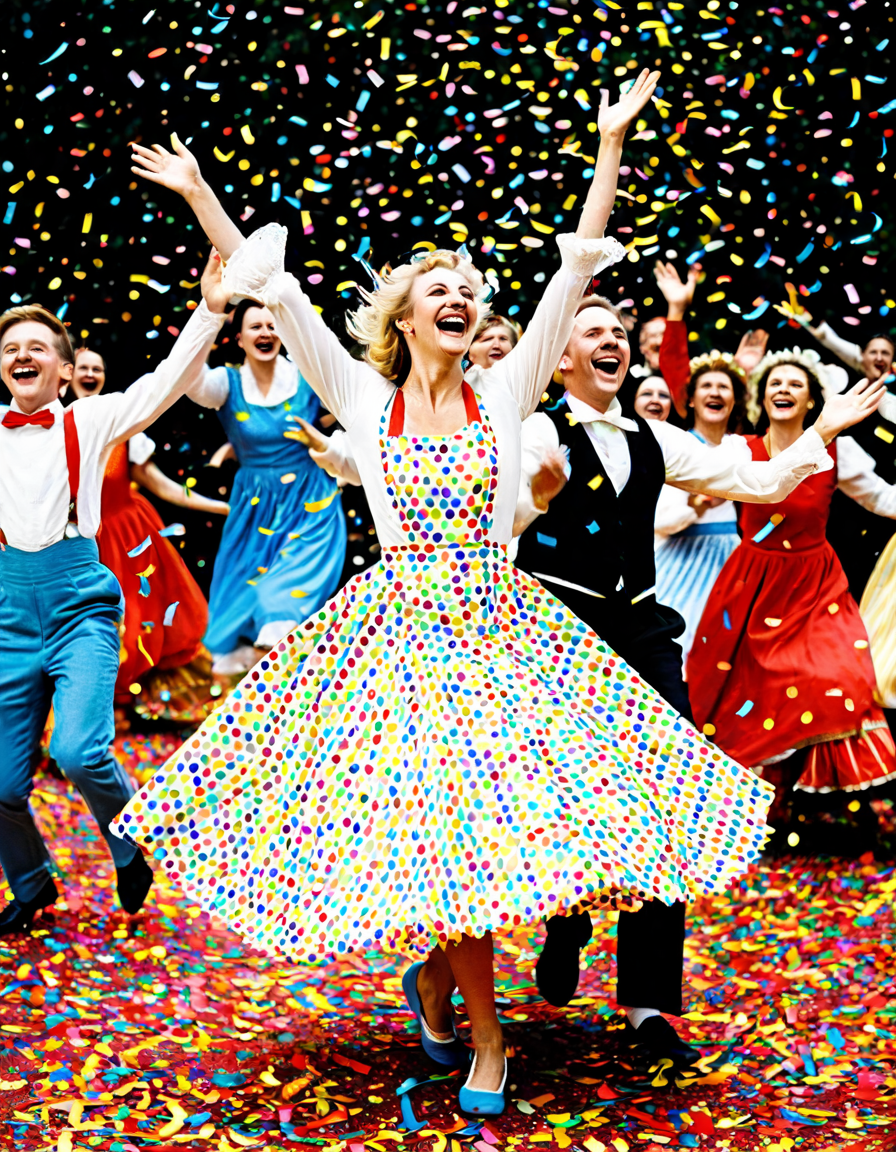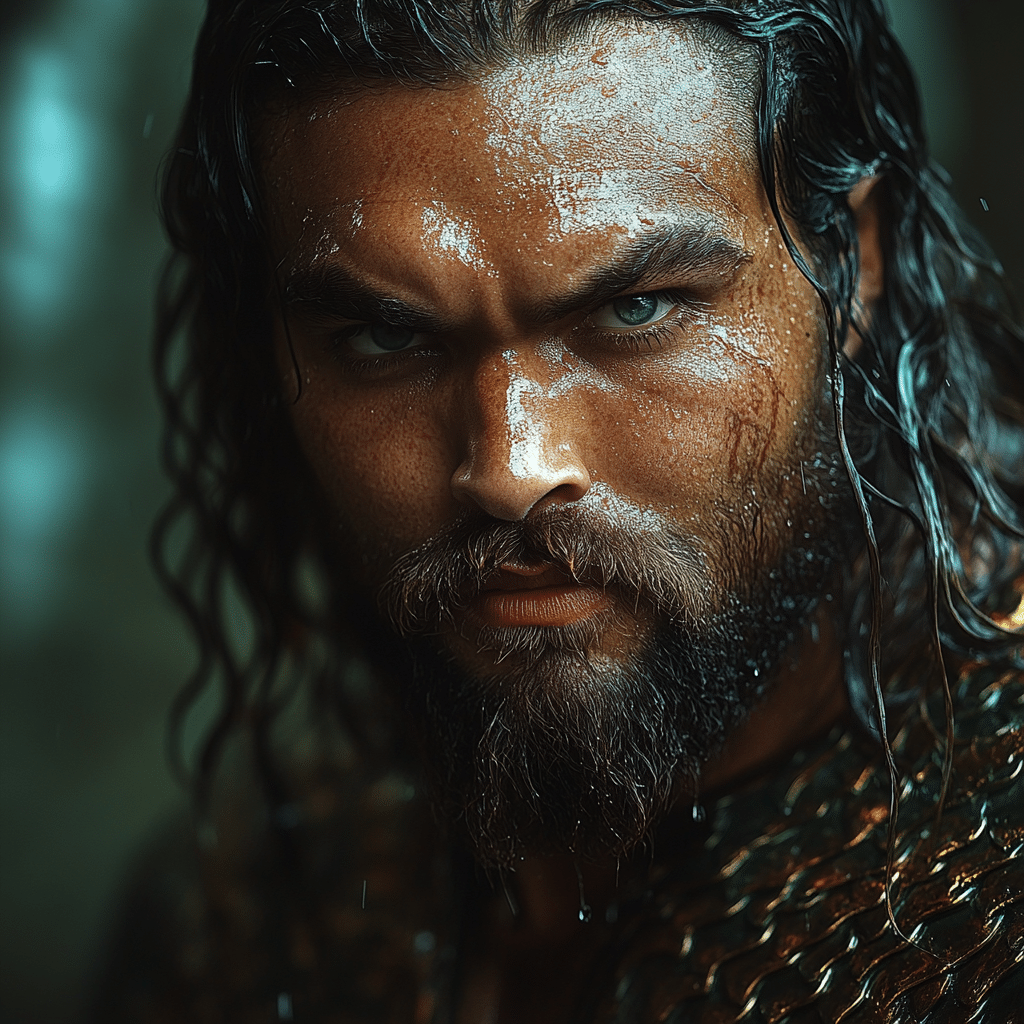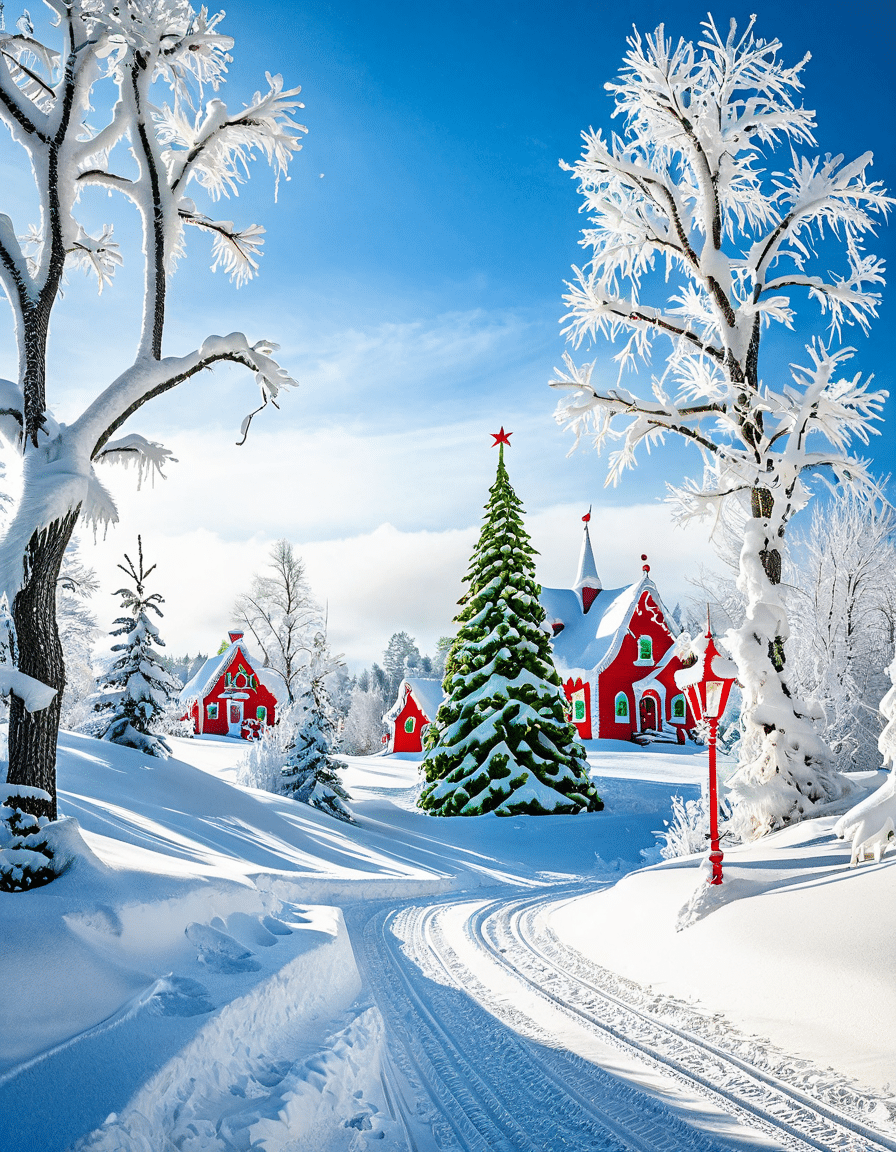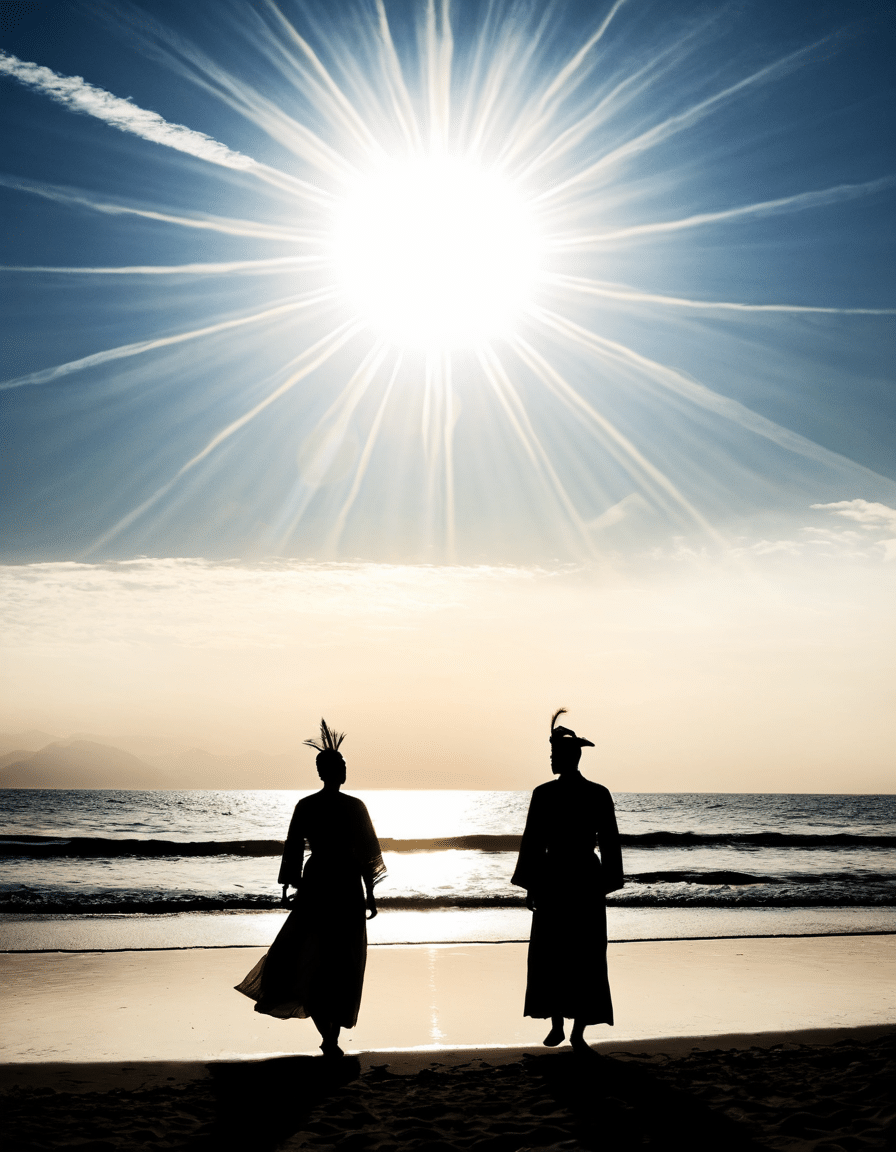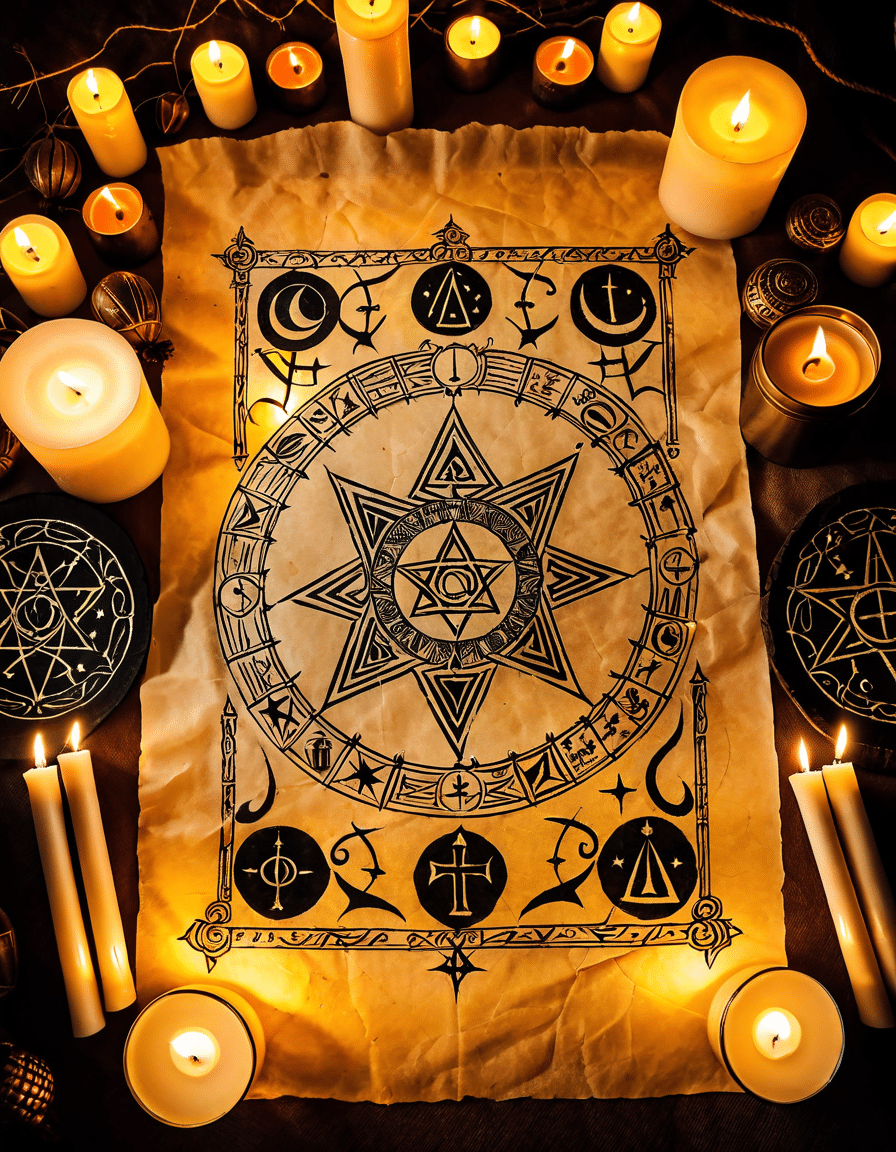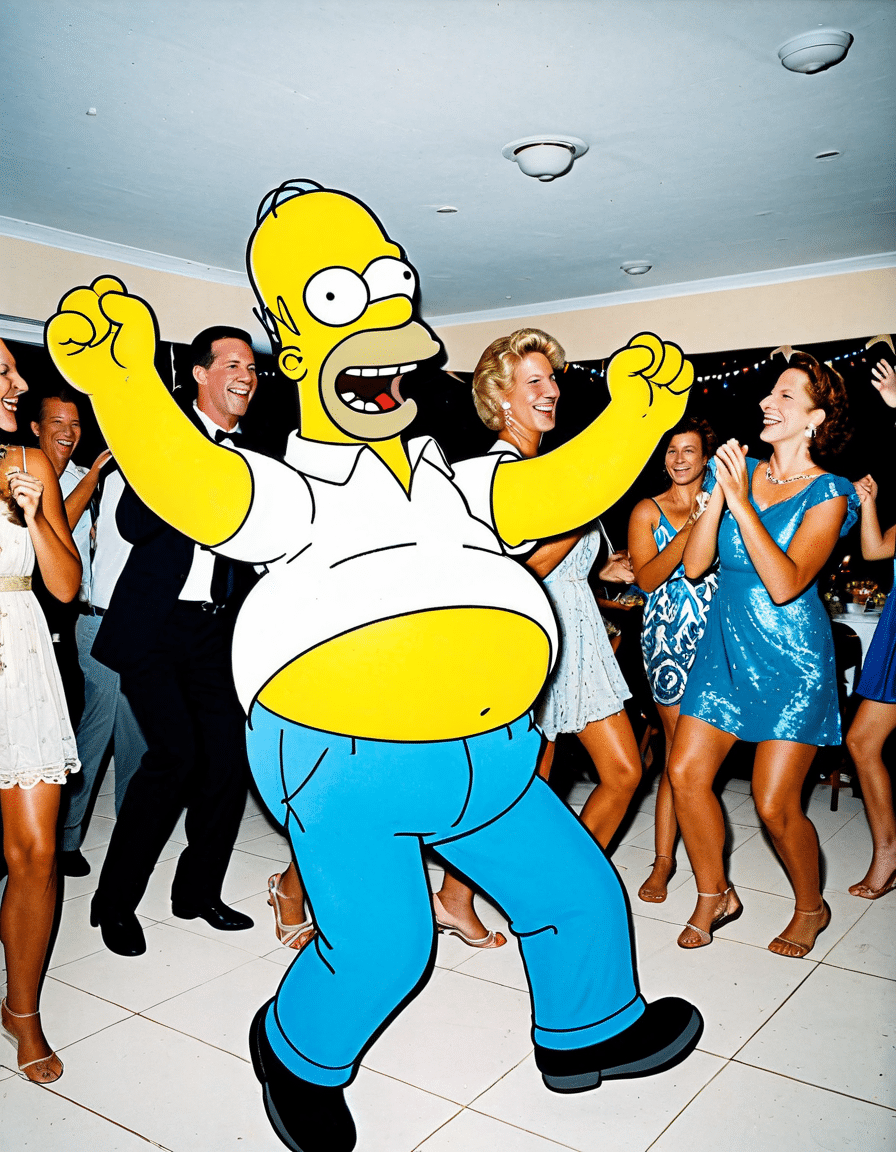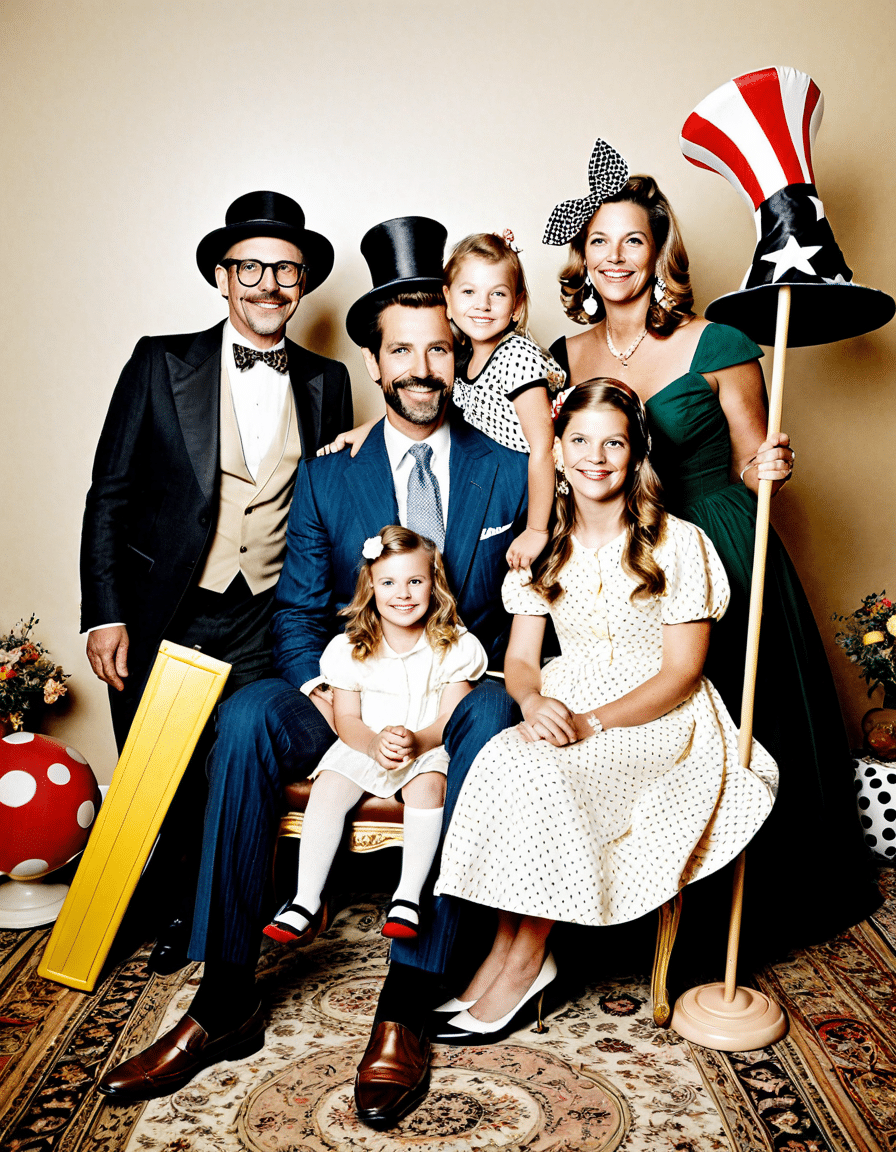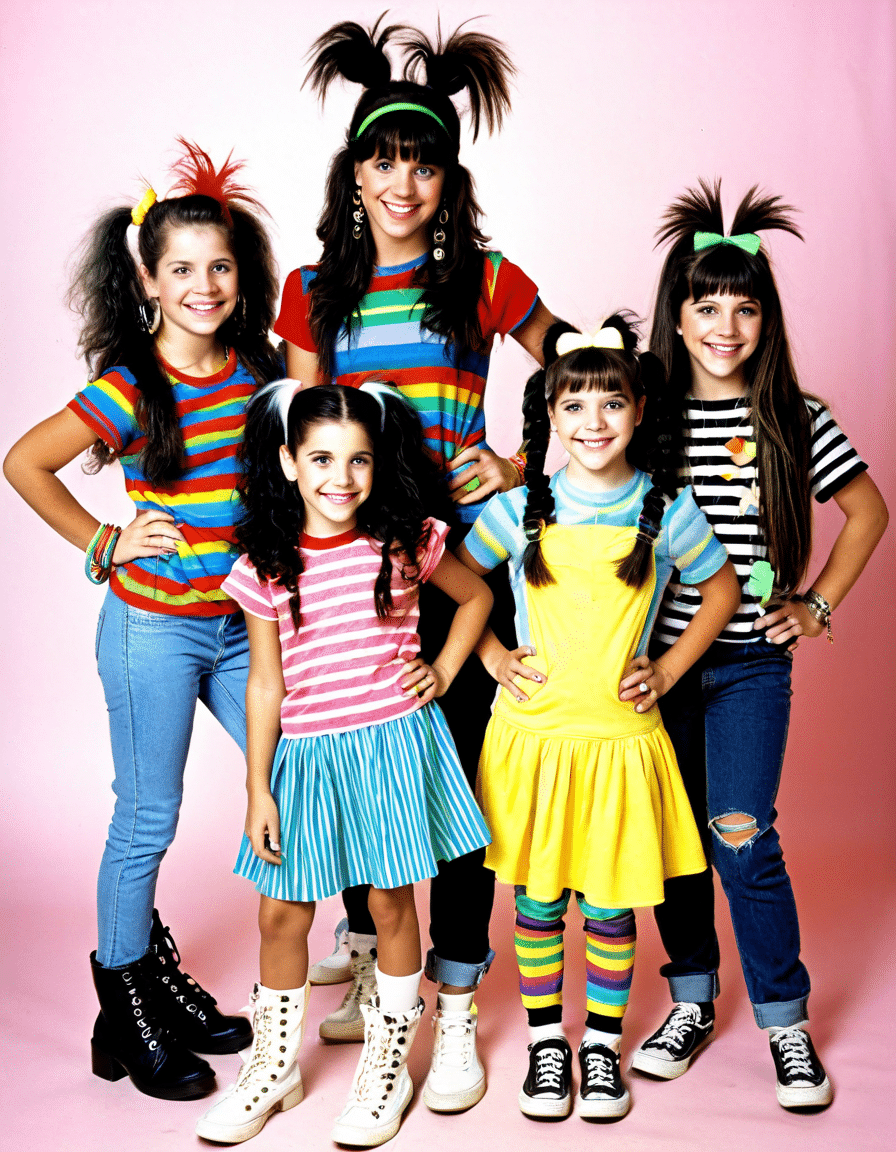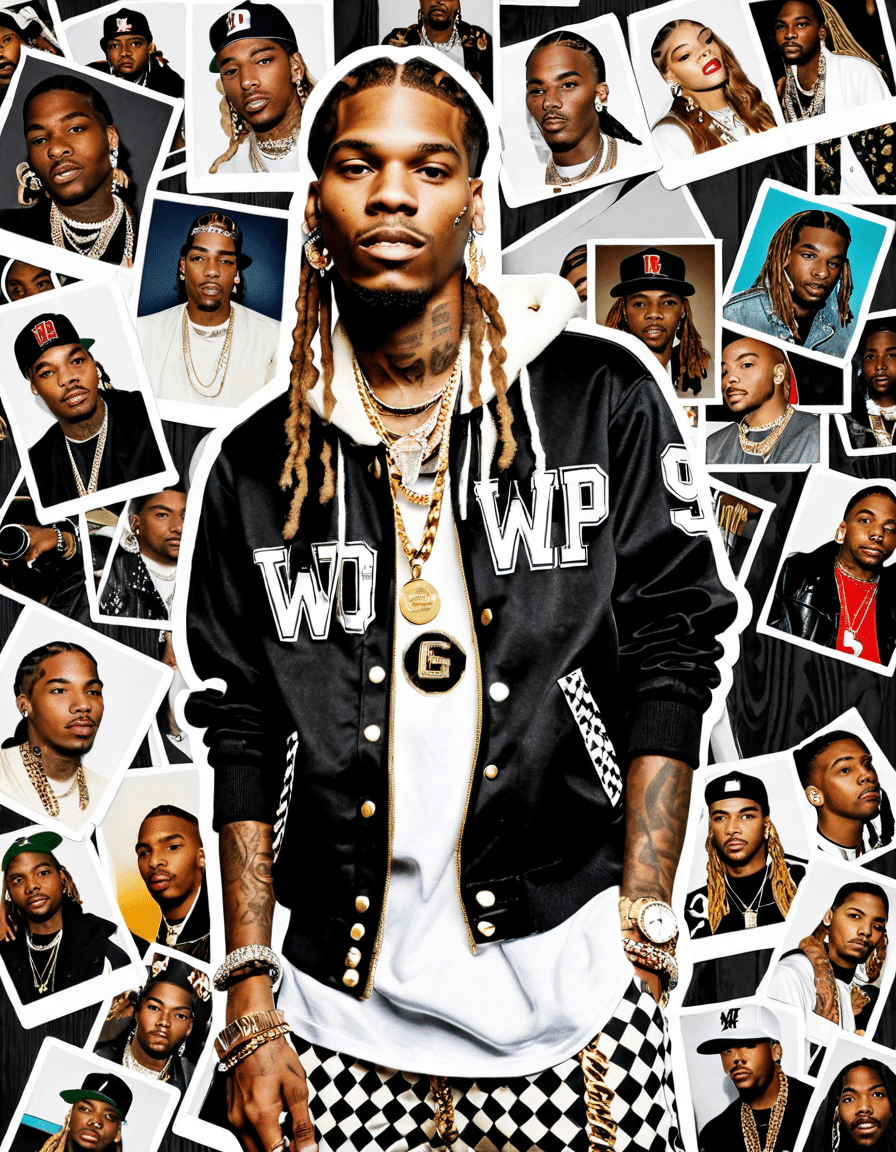Korean folklore is bursting with fascinating characters, but few capture our imagination quite like the dokkaebi. These creatures, sometimes called goblins in the West, are a delightful blend of mischief and wisdom. Picture this: a shape-shifting trickster who can be both a friend and a foe. Over the centuries, they’ve moved from folklore to pop culture, influencing everything from films to animated series. While you might think of goblins as just silly little monsters, dokkaebi deserve a deeper dive—they’re much more complex than meets the eye!
Dokkaebi have roots that date back to the Goryeo Dynasty. Talk about a long history! Unlike their Western cousins, who often represent pure evil, dokkaebi are a mixed bag. They might play tricks on greedy folks, puffing smoke in their faces when they least expect it, while also blessing the good-hearted with prosperity. With their famed dokkaebi bangmangi—a magical club that can summon riches or misfortune—they play a multifaceted role that reflects the colorful tapestry of Korean culture.
So, why are we still talking about these mythical beings today? Well, their stories carry powerful moral lessons. They challenge us to consider our own actions and encourage us to be more generous, compassionate, and, let’s face it, a little more humble. Whether it’s on-screen or in a cozy folkloric tale, the enduring charm of dokkaebi reveals a lot about what it means to be human.

Top 5 Dokkaebi Tales That Shaped Our Perception
Now, buckle in as we explore some of the most compelling, mind-bending, and downright entertaining tales of dokkaebi. These stories have shaped perceptions for generations, offering lessons wrapped in adventure.
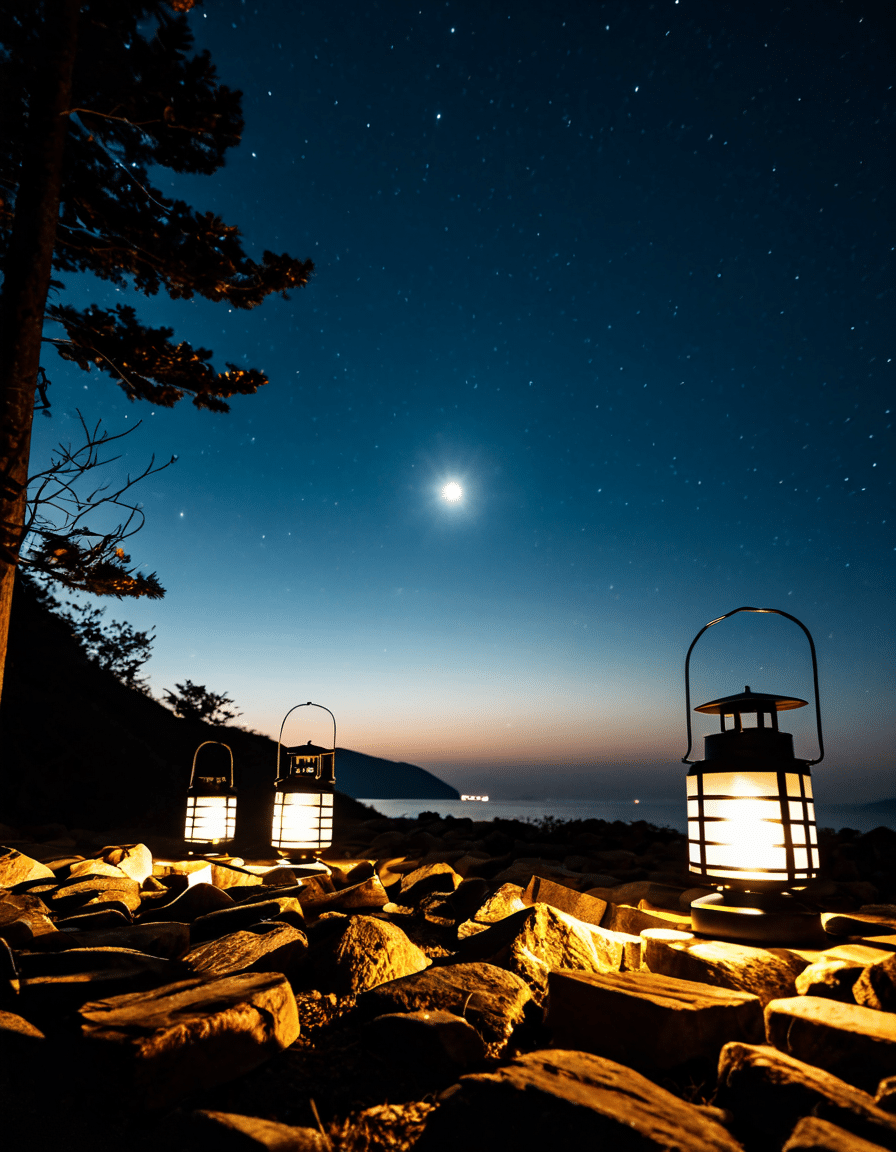
1. The Tale of the Shady Merchant
Once upon a time, in a bustling village, there lived a greedy merchant. This guy was all about cash, cash, cash. One fateful dinner invitation from a seeming wealthy traveler turned out to be a sly dokkaebi in disguise! The merchant found himself entertaining the trickster and quickly learned that pride comes before a fall. Talk about a wake-up call! This tale isn’t just a fun ride; it serves up a moral heaping about humility.
2. The Farmer’s Bountiful Harvest
On the flip side, there was a kind-hearted farmer who once saved a wounded dokkaebi. His compassion didn’t go unnoticed! In gratitude, the grateful spirit blessed the farmer with a stunningly abundant crop. Who wouldn’t want that? This story embodies the spirit of kindness, proving that what goes around comes around. It reminds us that when we treat others well, we might just hit the jackpot—figuratively and, in this case, literally!
3. Toga Himiko and the Spiritual Realm
Ever heard of Toga Himiko? She was an ancient shaman queen from Japan who might just hold some connections to our beloved dokkaebi. Her enchanting stories echo with spirits, suggesting that the dokkaebi mythos spills over across cultures. These cultures explained their mysteries through tales, making them more relatable. Isn’t it amazing how interconnected we are, even in folklore?
4. The Mankitsu Happening: A Modern Take
Fast forward to today, and you’ll find the dokkaebi mythos reimagined in modern media. One standout is the hit Korean film Goblin. Here, the dokkaebi is portrayed in a heart-tugging blend of romance, humor, and tragedy. With relatable characters and an engaging story, this movie has breathed new life into the ancient tales, making them accessible to a new generation. Who knew dokkaebi could melt hearts?
5. Monchichi: A Cultural Exchange
Not too far from Korea, we have the Japanese monchichi dolls. These cute little creatures share the playful essence of dokkaebi. Despite being different, both emphasize that touch of mischievousness we love! This cross-cultural connection illustrates how stories travel and evolve, yet keep their core magical spirit. It’s like a game of folklore telephone that continues to delight.
![Rainbow Six Siege: Dokkaebi Elite Set - New on the Six | Ubisoft [NA]](https://www.motionpicture-magazine.com/wp-content/cache/flying-press/737a6f3ccf3b8bef455b1d0a485aeffe.jpg)
Modaete Yo Adam Kun: How Dokkaebi Influence Modern Media
Have you seen the anime series “Modaete Yo Adam Kun”? If you haven’t, you’re missing out! This series infuses dokkaebi-inspired themes, like magic and unexpected twists. The whole dokkaebi narrative with its dual nature becomes a source of inspiration for the character arcs. These lively characters remind us of traditional tales while still keeping things fresh and exciting.
The themes of embracing both folly and wisdom pepper the storyline. That’s where the magic happens! These adaptations prove just how versatile, engaging, and ever-relevant dokkaebi tales can be. Whether you’re watching a drama or reading a graphic novel, you’re bound to encounter their rich legacy.
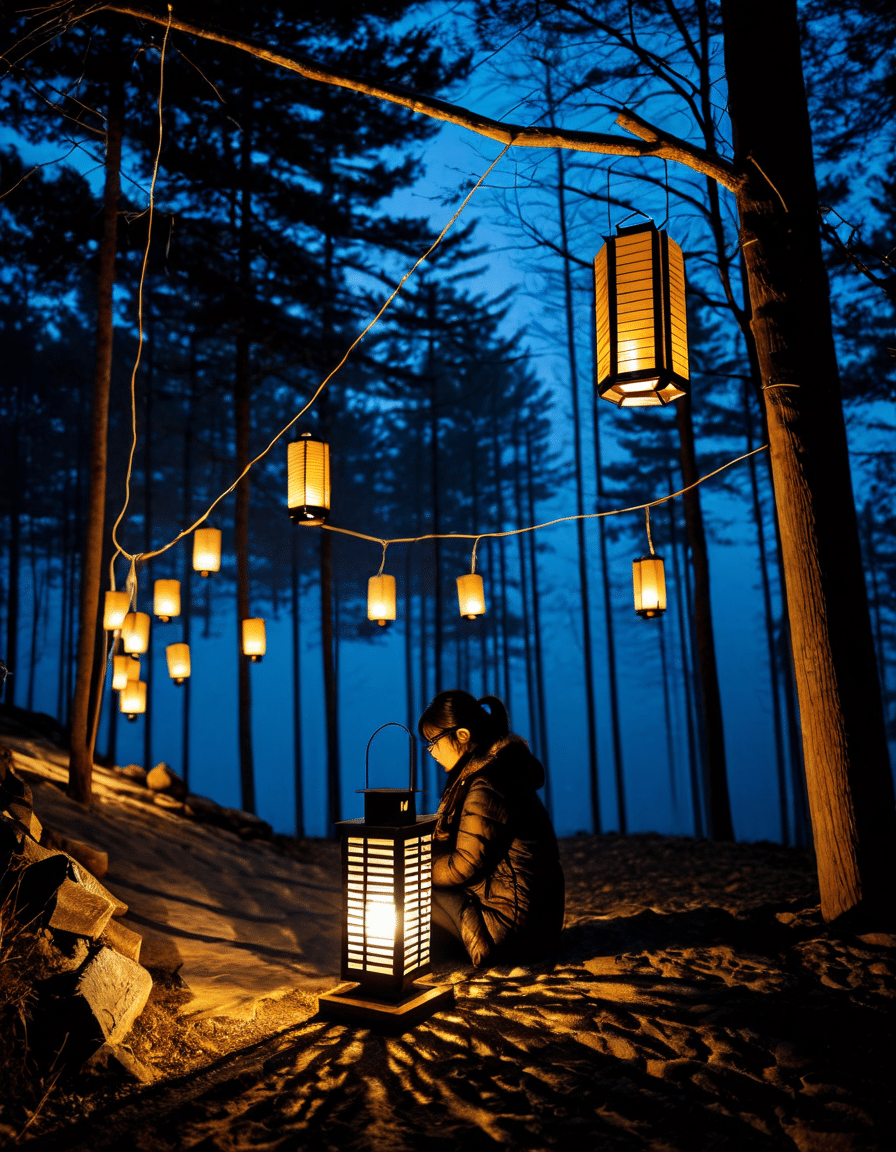
The Lasting Legacy of Dokkaebi in Global Folklore
So, what’s the takeaway here? The legacy of the dokkaebi is not just about folklore; it’s a treasure trove of cultural richness! As we unearth the tales that carry themes of morality, kindness, and clever critique, we notice a reflection of our own world. These legends challenge us to think about our values, our actions, and how we relate to one another.
In a fast-paced world, we often lose sight of these moral lessons. Yet, dokkaebi are here to remind us that life is a grand tapestry filled with both light and dark. Whether we find them in movies, TV shows, or literature, their stories empower us to navigate life’s ups and downs.
So why not embrace the dokkaebi spirit? Let’s celebrate the joy of trickery, the power of kindness, and the beauty of storytelling. It’s a tradition that binds us all and continues to spark our imagination in ways we might not even realize. Now, go forth, and let the fabulous world of dokkaebi enchant you!

Dokkaebi Legends That Keep Us Fascinated
What’s in a Name?
The term “dokkaebi” might roll off your tongue a bit awkwardly, but these Korean goblins are fascinating figures in folklore. They are often depicted as mischievous but also playful creatures, possessing the ability to bring fortune or chaos. Similar to how some people’s luck can change with a simple tattoo like a lady luck tattoo, dokkaebi symbolize a dual nature in luck — they can either grant wishes or create havoc depending on their mood! In 2019, a surprising twist came when a popular Korean drama highlighted dokkaebi, sparking curiosity and interest worldwide.
Their Quirky Traits
One of the more interesting traits of the dokkaebi is their love for challenges. They’re notorious for ambushing travelers with riddles or contests, often leaving the brave ones richer or more fortunate. Fans of the intense Bengals Vs Ravens football match will appreciate the spirit of competition, as dokkaebi embody that thrill and unpredictability. Did you know they also often carry a magical mallet? This mallet can summon wealth or trick opponents — kind of like how salad n go makes healthy eating quick and accessible, dokkaebi can help you snag fortune faster than you can say “goblin!
Cultural Significance
The dokkaebi lore has made its way into popular media, where they’re often portrayed as characters that both baffle and amuse. For instance, actress Carmen Ejogo has taken on roles that explore beings with extraordinary powers, which relates closely to the dokkaebi’s whimsical and bizarre nature. This cultural reference keeps adding layers to our understanding of them. Similarly, like how audiences enjoy diving into the filmography of Tina Majorino in movies and TV shows, viewers also find themselves intrigued by the juxtaposition of mischief and benevolence in dokkaebi tales.
Fascination with dokkaebi is like a timeless tale woven through the ages — each narrative holds a nugget of wisdom or a fun surprise. Whether they’re shaping our views in film or folklore, these spirited goblins ensure they keep our imaginations dancing!
